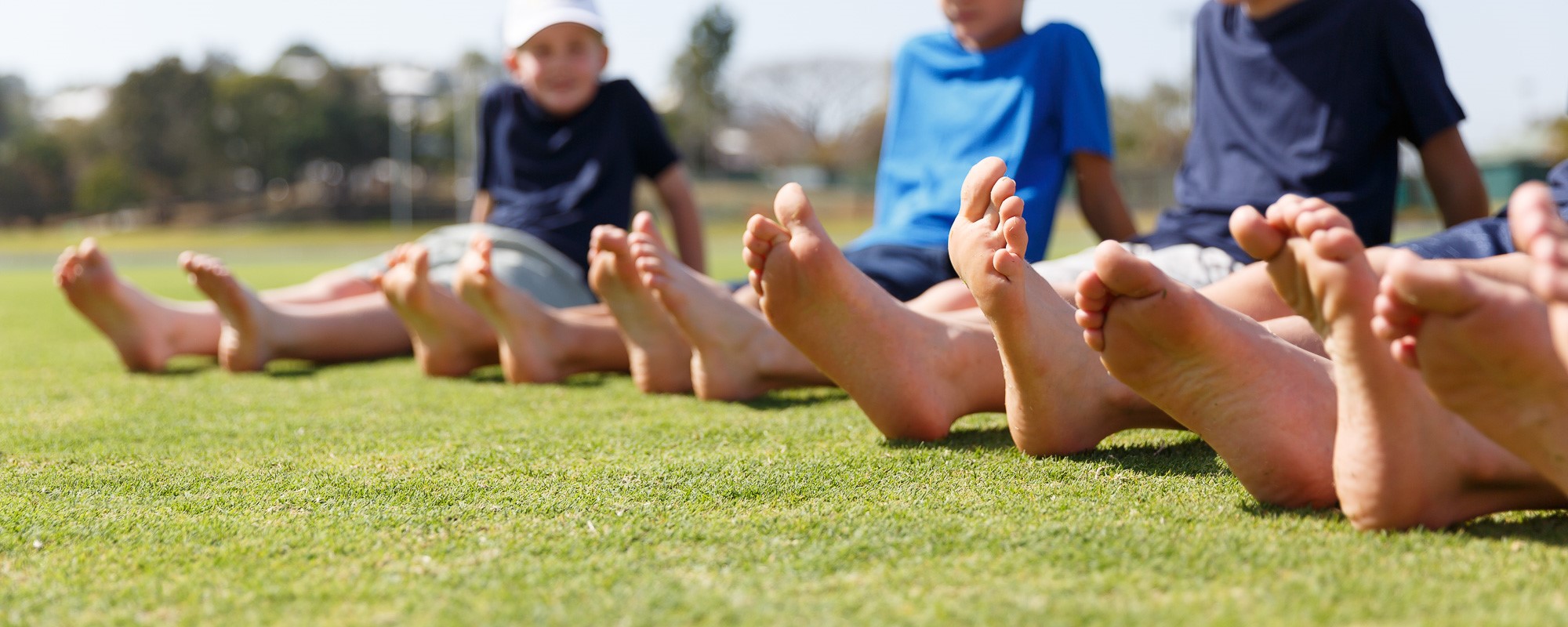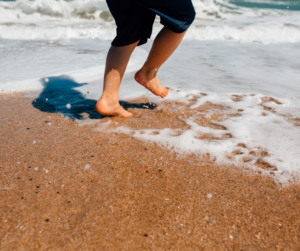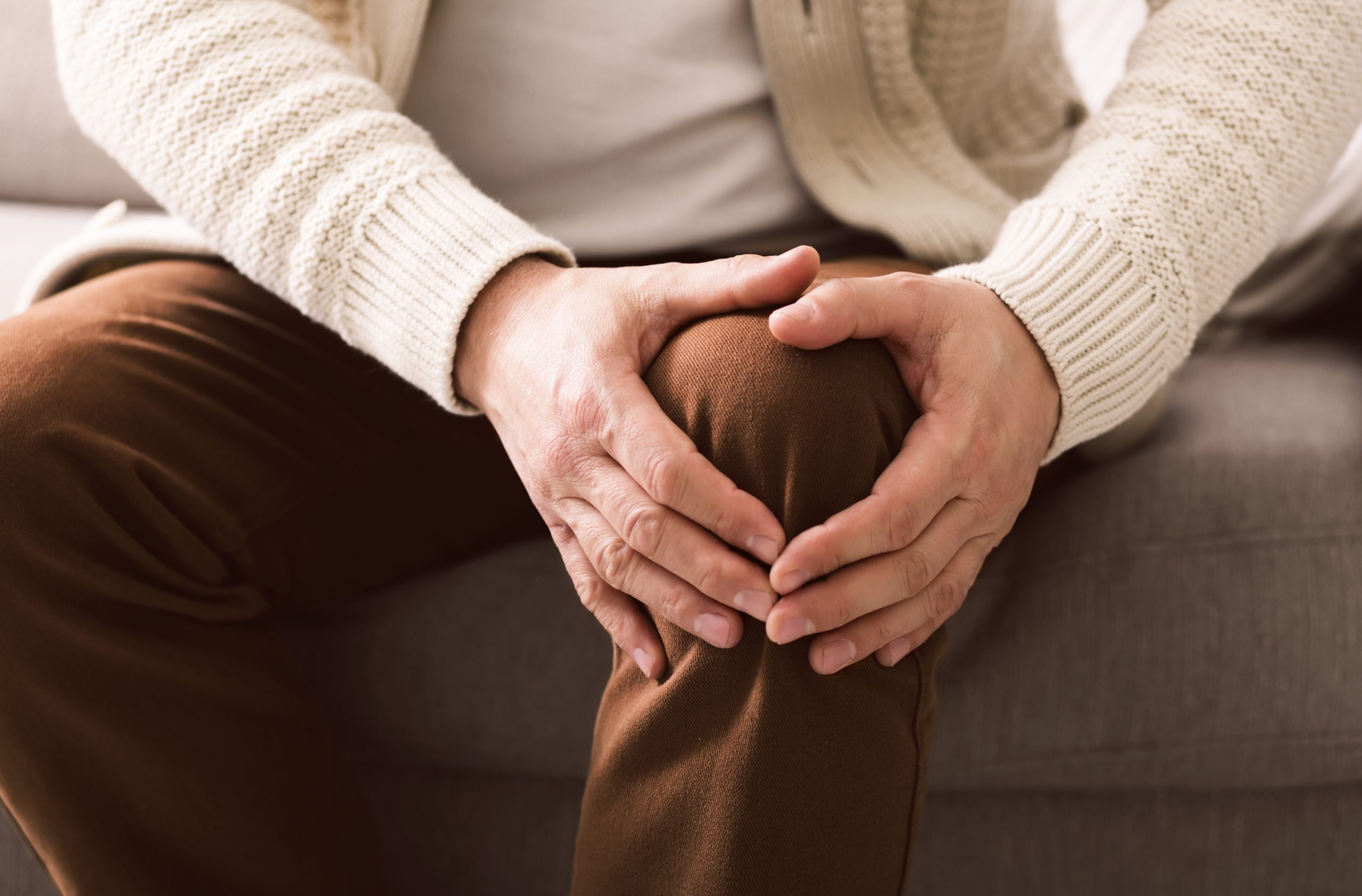
 Juvenile idiopathic arthritis (JIA) is the most common arthritis that occurs in kids, affecting approximately one in 500 children [1]. Technically, JIA is an umbrella term for any arthritis affecting those aged below 16 years. The cause is typically unknown, hence the term idiopathic. While JIA can affect any joint in the body, the joints in the feet and knees are often affected.
Juvenile idiopathic arthritis (JIA) is the most common arthritis that occurs in kids, affecting approximately one in 500 children [1]. Technically, JIA is an umbrella term for any arthritis affecting those aged below 16 years. The cause is typically unknown, hence the term idiopathic. While JIA can affect any joint in the body, the joints in the feet and knees are often affected.
What Causes JIA
JIA is an autoimmune condition, where the body’s own immune system attacks its healthy cells in the joints. The reason this occurs is currently poorly understood, though is thought to possibly be triggered by a viral or bacterial infection where the immune system fails to stop its response once the infection has been cleared. It is not contagious.
The Symptoms
As with any inflammatory arthritis, symptoms may include:
- Swelling, redness and warmth at the joints
- Stiff or restricted joint movement
- Pain when walking or moving the joints
- Fatigue or exhaustion
- Fevers and chills
- Skin rashes
These symptoms tend to come on all together in flares and can vary in severity. The flares are often spontaneous and can affect one or more joints, on one or both sides of the body.
Treating JIA
Managing foot and leg problems in JIA is complex and involves the combination of medical and non-medical therapies. Children must be tested and diagnosed by your GP, who will also take care of your medical management. They will stay under the care of a multidisciplinary team that will monitor and work to promote your child’s long-term health and well-being.
Despite recent improvements in the medical management of JIA, foot impairments and disability persist in over 60% of children. As such, podiatrists are important members of the management team.
Podiatry care focuses on maintaining your comfort and mobility during and in-between your flares. By helping to alleviate some of your pain and helping you feel more comfortable and confident walking, you can further maintain your independence and ability to perform everyday tasks. Furthermore, reducing some of the stress on specific joints can help reduce the rate of joint damage. We may use footwear, orthotics, splints and physical therapy to help achieve this.
It is estimated that 50% of children will continue to have disease symptoms into adulthood, while others will resolve.




